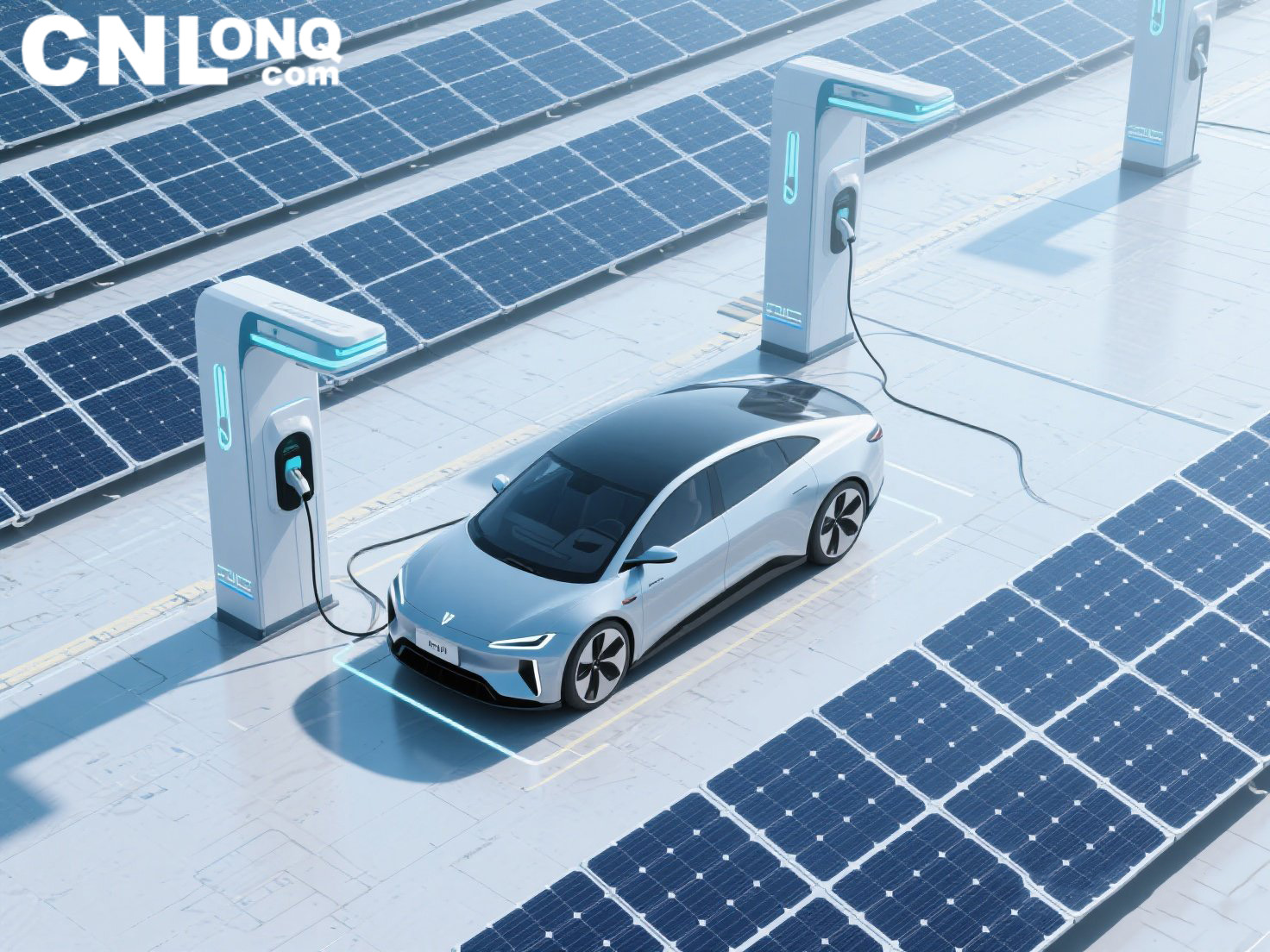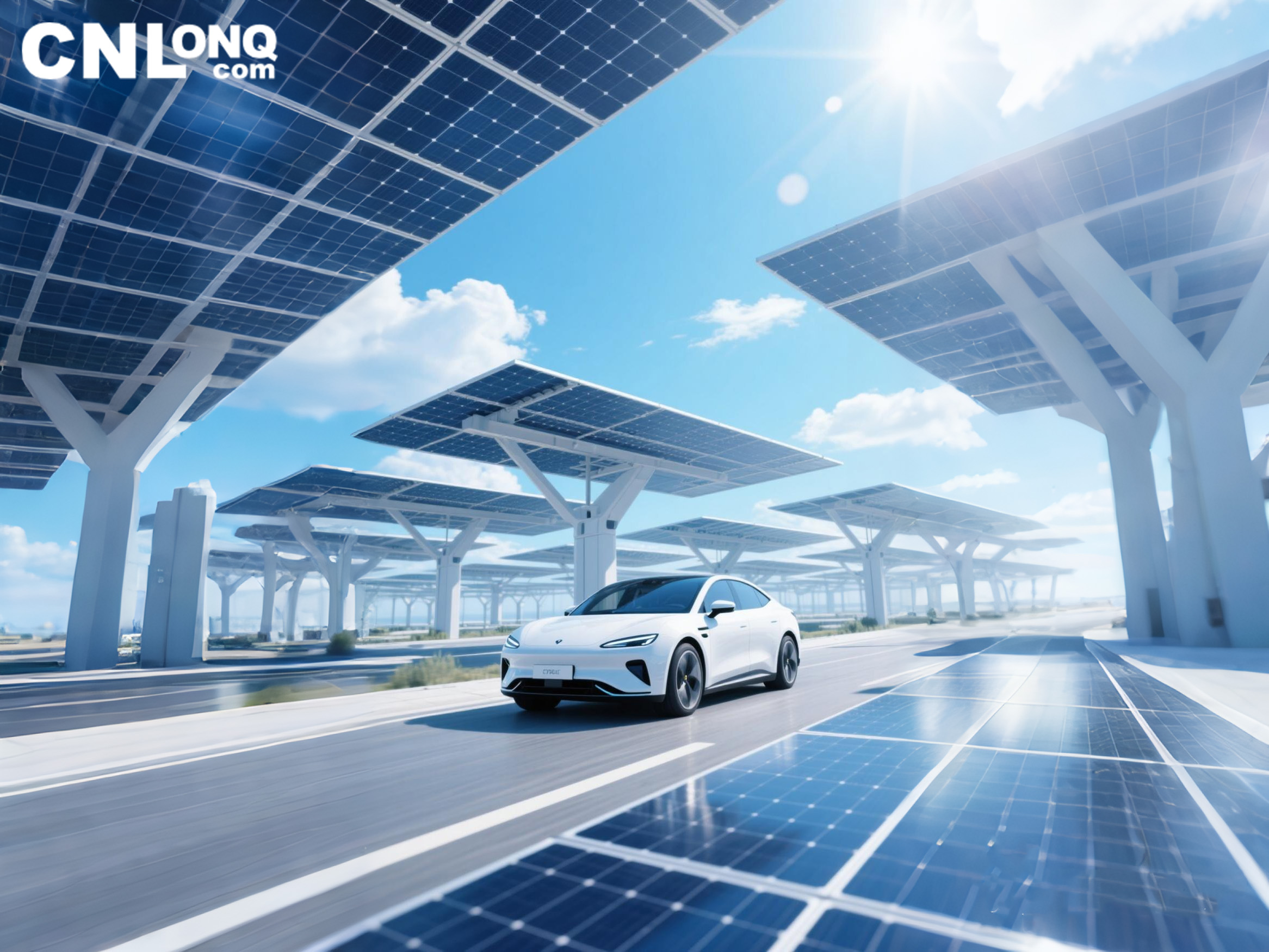
- English
- Español
- Português
- русский
- Français
- 日本語
- Deutsch
- tiếng Việt
- Italiano
- Nederlands
- ภาษาไทย
- Polski
- 한국어
- Svenska
- magyar
- Malay
- বাংলা ভাষার
- Dansk
- Suomi
- हिन्दी
- Pilipino
- Türkçe
- Gaeilge
- العربية
- Indonesia
- Norsk
- تمل
- český
- ελληνικά
- український
- Javanese
- فارسی
- தமிழ்
- తెలుగు
- नेपाली
- Burmese
- български
- ລາວ
- Latine
- Қазақша
- Euskal
- Azərbaycan
- Slovenský jazyk
- Македонски
- Lietuvos
- Eesti Keel
- Română
- Slovenski
- मराठी
- Srpski језик
Accelerated Synergistic Development of Photovoltaics and New Energy Vehicles: Integrated Solar-Storage-Charging Emerges as New Industry Trend
2025-07-28
As the global energy transition accelerates, the synergistic effects between photovoltaics (PV) and new energy vehicles (NEVs)—two major green industries—are becoming increasingly evident. From solar rooftops on vehicles to integrated solar-storage-charging stations, companies across the supply chain are rapidly exploring innovative applications of "PV + NEVs." Industry experts predict that this cross-sector collaboration will create a market worth over 100 billion yuan by 2030.
I. Solar Vehicle Roofts: From Concept to Mass Production
Technological Advances
Models like the Toyota bZ4X and GAC Aion now feature solar rooftops, generating enough daily electricity for 8-10 km of range.
Zeekr’s latest patent reveals flexible perovskite solar panels that can conform to curved vehicle surfaces, achieving a conversion efficiency of over 18%.
LONGi and NIO are co-developing vehicle-integrated PV modules, with mass production expected by 2025.
Economic Viability
Current solar rooftop systems cost around 3,000–5,000 RMB per vehicle, reducing charging costs by 5%–8% annually in regions with 2,000 hours of sunlight.
Industry challenge: Limited installation area restricts power generation, making it primarily supplementary for now.
II. Integrated Solar-Storage-Charging: Reinventing Energy Infrastructure
Innovative Business Models
Tesla’s V3 Supercharger stations in the U.S. now combine solar canopies with Powerpack energy storage.
Sinopec plans to build 1,000 "PV + charging + battery swap" integrated energy stations by 2025.
CATL and Sungrow’s joint venture has launched an all-in-one "solar-storage-charging-detection" solution.
Policy Drivers
China’s New Energy Vehicle Industry Development Plan explicitly encourages "renewables + storage + charging" models.
New EU regulations mandate that all charging stations built after 2035 must integrate renewable energy generation.

These policies drive the adoption of integrated solutions, ensuring sustainable energy use and reducing carbon emissions. Companies are investing heavily in R&D to meet these requirements, fostering innovation and market growth. The global shift towards green energy is accelerating, with governments and businesses aligning their strategies to achieve environmental goals.
III. Supply Chain Synergies Take Shape
PV Companies Expand into NEVs
Trina Solar has established an NEV division to develop lightweight PV modules for vehicles.
Huawei Digital Energy launched an intelligent management system for "PV + charging piles."
Automakers Move Upstream
BYD is investing 5 billion RMB in PV cell production lines.
Tesla’s Gigafactory Texas is fully covered by solar rooftops, generating 30 GWh annually.
IV. Challenges and Opportunities
Technical Hurdles
Vehicle-integrated PV must address reliability issues like vibration, temperature swings, and shading.
Solar power still contributes less than 20% of energy in fast-charging scenarios.
Standardization Gaps
No unified protocols exist for power dispatch in solar-storage-charging systems.
Certification standards for automotive-grade PV modules remain underdeveloped.
Industry Insight:
"The integration of PV and NEVs isn’t just additive—it’s a revolutionary rethinking of energy production and consumption," said Wang Shijiang, Secretary-General of the China Photovoltaic Industry Association, at a recent forum. BloombergNEF projects that the global market for vehicle-integrated PV will reach $12 billion by 2030, with investments in solar-storage-charging infrastructure exceeding $80 billion.
Conclusion
From "solar-powered cars" to "mobile energy storage units," the deep convergence of these two strategic industries is unlocking new possibilities. As technology advances and standards solidify, this collaborative model may become a cornerstone of carbon neutrality efforts.




